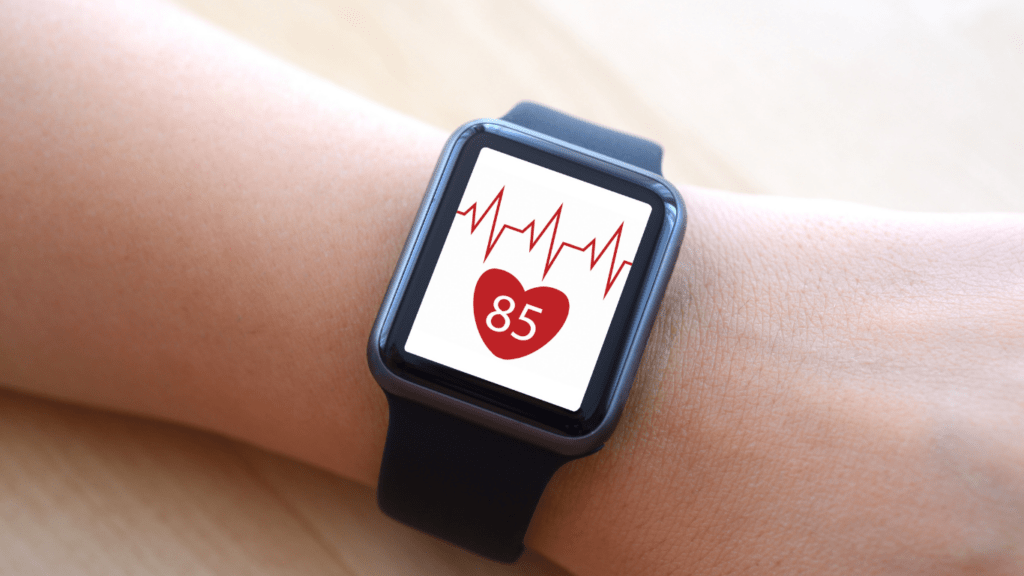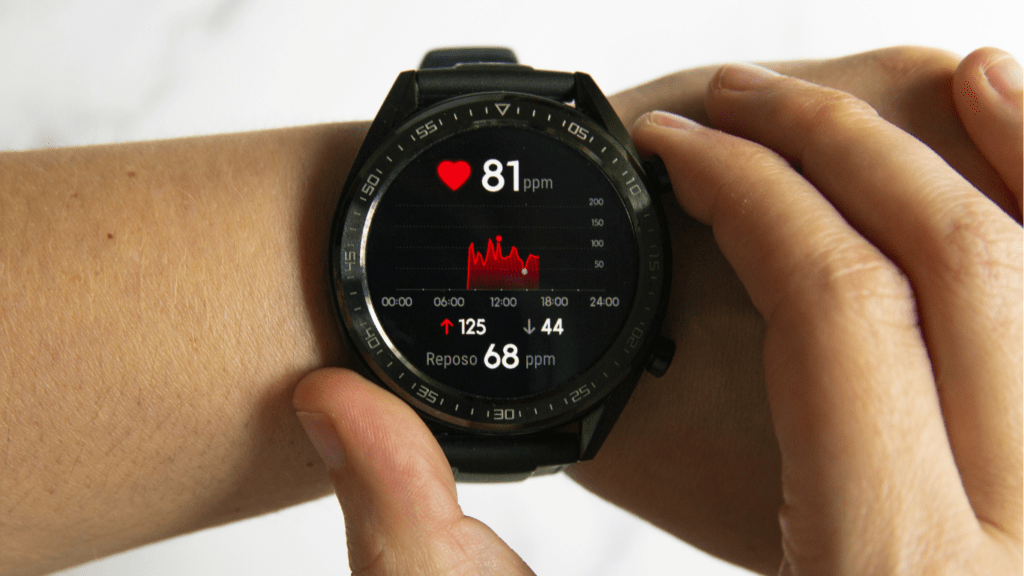Understanding Heart Rate Variability (HRV)
Heart rate variability (HRV) refers to the time differences between successive heartbeats. It provides insights into how the body responds to stress and recovers after physical activity.
What Is HRV?
HRV measures fluctuations in the intervals between heartbeats, known as RR intervals. These variations reflect the autonomic nervous system’s balance, specifically the interplay between the sympathetic (fight-or-flight) and parasympathetic (rest-and-digest) branches. High HRV indicates a well-recovered and adaptable nervous system, while low HRV signals stress or fatigue.
Why HRV Matters for Athletes
HRV gives athletes a precise understanding of recovery and readiness. Monitoring HRV helps identify overtraining risks, optimize training intensity, and improve performance outcomes. For example, consistent low HRV readings may suggest a need for rest, while high HRV can signal a readiness for high-intensity workouts.
Factors That Influence HRV
Numerous factors impact HRV, affecting its usefulness in tracking recovery.
- Physical activity: Intense exercise temporarily lowers HRV, while adequate recovery promotes higher values.
- Sleep quality: Poor sleep decreases HRV due to heightened stress on the nervous system.
- Stress levels: Mental and emotional stress reduce HRV by activating the sympathetic response.
- Age and fitness level: Younger, well-conditioned individuals generally have higher HRV. Aging and low fitness levels lower HRV over time.
- Hydration and nutrition: Dehydration and improper nutrition can negatively impact HRV readings.
Understanding how these factors affect HRV makes it easier to adjust workouts and recovery plans effectively.
The Role Of HRV In Workout Recovery

HRV serves as an essential biomarker for evaluating recovery status after exercise. It reflects how well the body copes with physical stress and adapts to training demands.
Tracking Recovery Through HRV
I use HRV measurements to gauge my body’s readiness for physical activity. A higher HRV typically indicates a relaxed state, associated with sufficient recovery and balance in the autonomic nervous system. Conversely, a lower HRV suggests heightened stress or inadequate recovery.
Tracking HRV daily provides actionable insights. For example, I notice lower morning HRV after intense training, signaling that my body requires extended recovery time. Using wearable devices and apps specifically designed to monitor HRV, like Oura Ring or Whoop, helps me accurately analyze these fluctuations. These tools capture data consistently, aiding pattern recognition over weeks or months.
Benefits Of Monitoring HRV For Fitness
Monitoring HRV enhances fitness management by personalizing training intensity and recovery practices. I align heavy training days with high HRV readings to maximize performance while opting for light activities or rest when readings indicate low HRV.
Recognizing overtraining risks is another benefit. Repeatedly low HRV alerts me to potential fatigue or injury risks, allowing adjustments before performance declines. Monitoring also improves stress awareness, as life stressors, such as poor sleep or work-related pressures, often lower HRV. This helps guide changes not only in workouts but also in sleep and stress management practices.
Tracking HRV empowers informed decisions, optimizes recovery strategies, and ultimately supports long-term fitness progress.
How To Measure HRV
Measuring HRV accurately helps assess recovery status and optimize workout strategies. I rely on reliable tools and follow best practices to ensure precise readings.
Tools And Devices For HRV Measurement
Wearable devices and smartphone apps simplify HRV tracking. I use devices like:
- Oura Ring
- Whoop Strap
- Garmin watches
which provide consistent, detailed HRV data. Electrocardiogram (ECG) chest straps, such as Polar H10, offer higher accuracy for those needing clinical-grade results. Smartphone apps like Elite HRV and HRV4Training integrate with wearables to analyze trends over time. Selecting a device with established reliability and compatibility ensures useful metrics.
Tips For Accurate HRV Tracking
Accurate HRV tracking depends on consistency. I measure HRV daily, preferably in the morning, to minimize external influences like caffeine or physical activity. I focus on controlling variables by testing in a calm, seated or lying position. Following device-specific guidelines ensures proper sensor placement and consistent data capture. Recording readings over weeks allows me to understand personal patterns better, instead of relying on single-day fluctuations for decisions.
Using HRV Data To Plan Recovery
HRV data offers a reliable way to adjust recovery strategies and improve fitness outcomes. Consistently tracking HRV trends ensures smarter decisions about rest and workout intensity.
Recognizing When To Rest
I monitor HRV daily to identify when my body might need additional rest. A significant drop in HRV often indicates accumulated stress or inadequate recovery. For instance, after intense sessions or poor sleep, a low HRV reading alerts me to prioritize rest or light activities like yoga or stretching. Ignoring these signals can lead to fatigue, reduced performance, or even injury. Consistently observing patterns over weeks helps me recognize shifts in recovery needs rather than relying on single readings.
Adjusting Workouts Based On HRV Trends
I tailor my workouts based on HRV fluctuations to enhance performance and minimize overtraining risks. On days with high HRV readings, I schedule demanding activities like weightlifting or speed training, as they indicate optimal recovery. Conversely, a declining HRV trend prompts me to scale back workouts, focusing on low-intensity exercise or active recovery. For example, if I notice a gradual drop over several days, it suggests that cumulative fatigue is affecting my recovery. By adjusting intensity and volume in response to HRV trends, I maintain consistency without straining my system.





